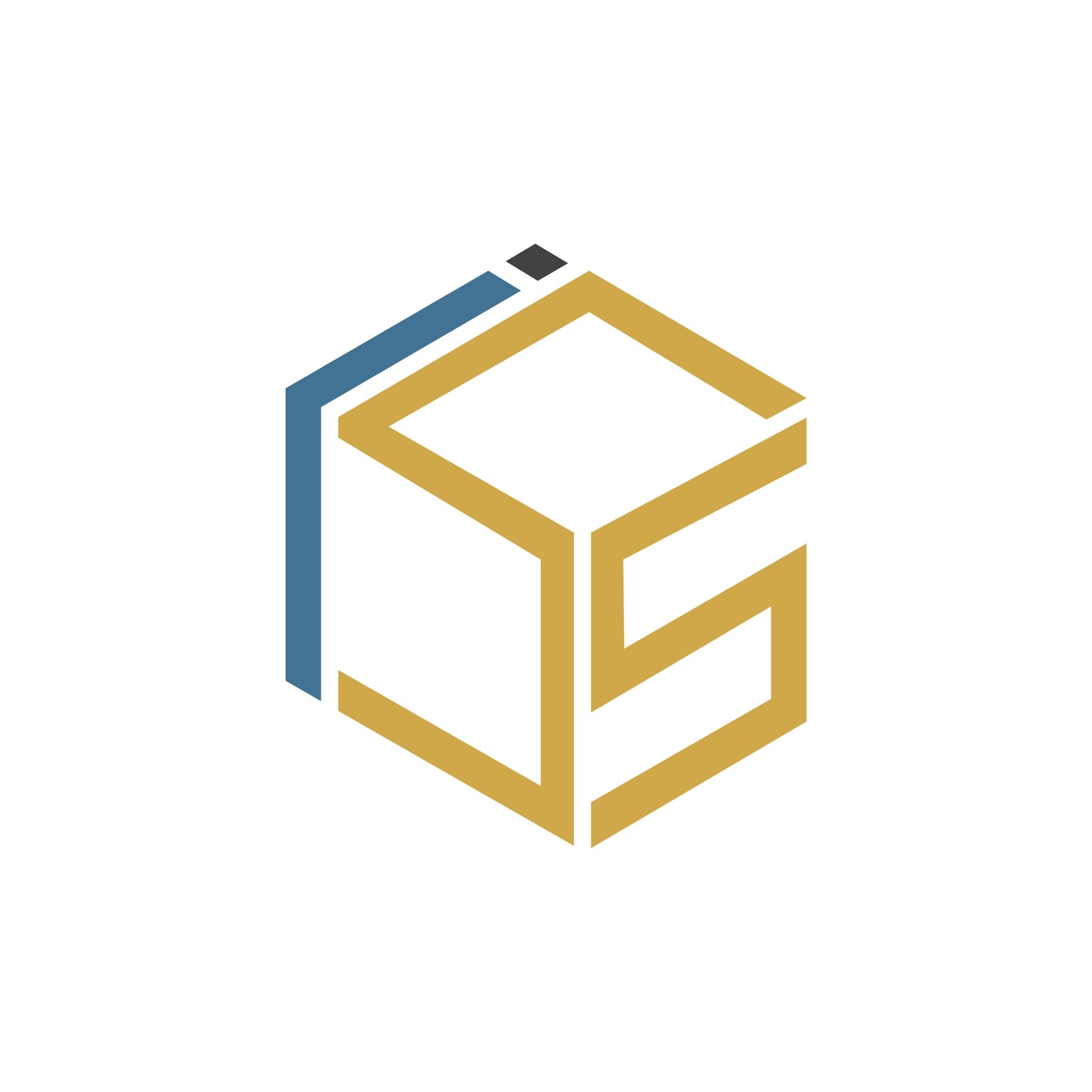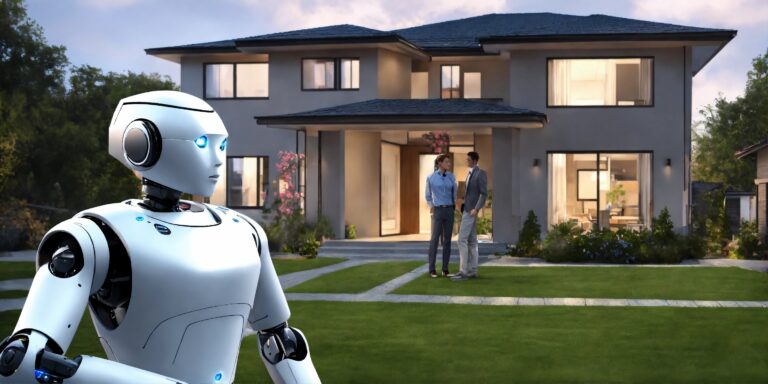
The Internet of Things (IoT) refers to the network of physical devices, vehicles, buildings, and other items embedded with electronics, software, sensors, and connectivity which enables these objects to connect and exchange data. The IoT allows for the seamless exchange of data between devices and systems, enabling the automation of various tasks and processes.
The concept of the Internet of Things has been around for decades. The term “Internet of Things” was first coined by Kevin Ashton in 1999, but the origins of IoT can be traced back to the 1980s with the introduction of radio-frequency identification (RFID) technology. In the 1990s, machine-to-machine (M2M) communication and sensor networks began to emerge, laying the foundation for the development of IoT. In the 2000s, advancements in wireless technology and the widespread adoption of smartphones helped to accelerate the growth of IoT. Today, IoT has evolved to include a wide range of connected devices and systems, from smart homes to industrial internet to smart cities.
The purpose of this blog post is to take a closer look at the evolution of IoT. We will delve into the key milestones and developments that have shaped the growth of IoT throughout the years, from the early days of RFID and M2M communication to the current state of IoT and its impact on society and industry. Additionally, we will discuss the future of IoT and its potential to shape the world in ways we have yet to imagine.
Who created the internet?
The creation of the internet is attributed to some individuals and organizations, rather than a single person. The foundation for the internet was built in the 1960s during the Cold War, by the United States Department of Defense’s Advanced Research Projects Agency Network (ARPANET). ARPANET aimed to create a communication network that would allow government researchers to share resources and data, and continue to function in the event of a nuclear attack. This early version of the internet used a technology called packet switching, which would later be used in the development of the modern internet.
The next significant development came in the 1970s when a group of researchers led by Vint Cerf and Bob Kahn developed the TCP/IP protocol, which is the foundation of the internet’s communication system today. In the 1980s, the National Science Foundation (NSF) developed the NSFNET, which was a faster version of the internet that would connect universities, government agencies, and research institutions across the United States.
The World Wide Web was created in 1989 by Tim Berners-Lee, who worked at the European Organization for Nuclear Research (CERN) while developing this new way of accessing information and resources on the internet. This made it much more user-friendly and accessible for non-technical users, leading to the widespread adoption of the internet we know today. we could not mention one person when asked who created the internet because it is the combined efforts of many organizations and individuals.
IoT evolution product of the year award
“IoT Evolution product of the year” is a yearly award and the winner may change depending on the year and the current state of the market. Also, it’s not a widely recognized award, there could be different organizations or companies that provide awards like that, and their selection criteria may also vary.
Some examples of IoT products and companies that have received recognition in recent years include:
- Amazon’s Echo and Alexa received recognition for their contributions to the growth of the smart home market.
- Nest’s Learning Thermostat received recognition for its innovative design and energy-saving capabilities.
- Industrial IoT platform provider PTC’s ThingWorx, received recognition for its ability to connect and manage industrial IoT devices.
- IoT Security platform provider Armis received recognition for its ability to provide enterprise-grade security for IoT devices.
The IoT market is diverse and always changing, new products and companies are emerging, and technology is advancing rapidly, so the IoT evolution product of the year could change every year.
4 stages of IoT
The evolution of IoT can be divided into several stages, each characterized by different technological advancements and milestones. Here are four commonly recognized stages of IoT development:
Connected Devices: This is the earliest stage of IoT, characterized by the introduction of RFID technology, the development of machine-to-machine (M2M) communication, and the emergence of sensor networks. This stage laid the foundation for the Internet of Things, but the devices were not fully connected and could not communicate with one another.
Connected Systems: In this stage, advancements in wireless technology and the widespread adoption of smartphones enabled the connection of devices and the automation of various tasks and processes. The introduction of cloud computing also allowed for the storage and analysis of large amounts of data. This stage saw the rise of smart homes and other connected systems that improved convenience and efficiency.
Intelligent Systems: In this stage, IoT devices and systems became more advanced and sophisticated, with the integration of artificial intelligence and machine learning. IoT ecosystems emerged, connecting devices and systems across multiple industries, enabling the creation of smart cities and other intelligent systems.
Fully Autonomous Systems: This is the future stage of IoT, in which devices and systems will be fully autonomous, able to make decisions and take actions on their own. Advancements in areas such as 5G, edge computing, and increasingly sophisticated AI and machine learning will enable this. This stage will bring more advanced, efficient, and secure IoT systems, and will lead to an increased level of automation and decision-making capabilities.
It’s worth noting that these 4 stages of IoT are not mutually exclusive and some devices and systems may fall into multiple categories, and the timeline of these stages may also vary depending on the source.
IoT and Mobile app development
The Internet of Things (IoT) and mobile app development are closely related fields, as IoT devices often require mobile apps to control and manage them. Mobile apps serve as the interface between IoT devices and users, allowing users to access and control their devices remotely.
IoT devices generate a large amount of data, and mobile apps can be used to collect, analyze, and visualize this data. This allows users to make more informed decisions based on the data provided by their IoT devices. Developing mobile apps for IoT devices requires a good understanding of both IoT and mobile app development. IoT developers typically focus on the device side of things, such as sensor integration, data collection, and device-to-device communication. Mobile app developers, on the other hand, focus on the user side of things, such as UI/UX design, app functionality, and data visualization.
IoT and mobile application development are both rapidly evolving fields, and there is a high demand for developers with the skills to create innovative and user-friendly mobile apps for IoT devices. With the integration of IoT and mobile app technologies, the possibilities are endless, and it could lead to new and exciting ways of interacting with the world around us and improving our day-to-day life.
Future of IoT
The Internet of Things (IoT) is expected to continue growing in the future, with more and more devices being connected to the internet. This will lead to an increase in the amount of data being generated, which can be used for various purposes such as automation, analytics, and decision-making.
One of the key areas where IoT is expected to have a significant impact in the future is in smart cities. IoT-enabled devices and sensors can be used to gather data on various aspects of city operations such as traffic, air quality, and energy usage. This data can then be analyzed and used to optimize city services and improve the overall quality of life for citizens.
Another area where IoT is expected to play a major role in Industry 4.0. IoT-enabled devices and sensors can be used to gather data on industrial operations, such as equipment performance, and this data can be used to optimize processes and increase efficiency.
The connected home is another area where IoT is expected to have a significant impact. IoT-enabled devices such as smart thermostats, lights, and appliances can be used to control and monitor various aspects of the home. This can include things like energy usage and security, and can also provide added convenience for homeowners. Additionally, developments in technologies such as 5G networks and edge computing are expected to further enhance the capabilities of IoT devices and applications. 5G networks will provide faster and more reliable connectivity for IoT devices, which will enable new use cases and applications. Edge computing will allow for more processing power to be brought closer to the IoT devices, which will reduce latency and improve the overall performance of IoT systems.
Final words
IoT has a promising future with the potential to revolutionize various industries and improve the quality of life for individuals. As more and more devices are connected to the internet, it will become increasingly important for companies to develop strategies for leveraging the data generated by these devices to drive innovation and growth. Hope this piece gave you an insight into evolution of IoT .

Your go-to source for the latest in tech, finance, health, and entertainment, with a knack for distilling complex topics into accessible insights, We deliver timely updates on the ever-evolving landscapes of technology, finance, health, and entertainment




